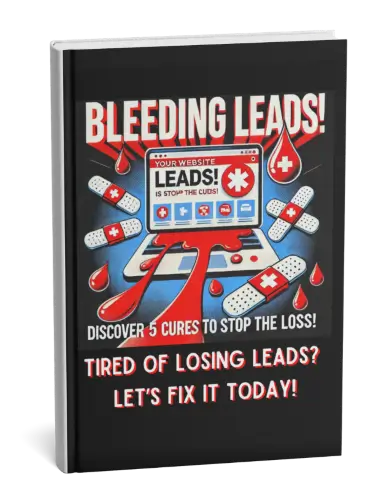
Static websites are built with fixed HTML and CSS pages that don’t change unless a developer edits them manually. Dynamic websites, on the other hand, use server-side languages like PHP, Python, or Ruby to generate content automatically. That means updates, design changes, and new pages can be handled more efficiently, especially through a CMS like WordPress or Drupal.
Because they evolve with your business. The article explains that dynamic sites separate the design, logic, and content layers, making updates easier and faster. You can add pages, automate tasks, or organize data without breaking the layout. Plus, consistent updates improve SEO, attract visitors, and show your business is active and forward-thinking.
Yes, but mostly for very small or short-term projects. Static sites are cheaper and faster to build upfront, but they’re harder to maintain in the long run. Every change requires manual updates to each file, which can get frustrating and limit growth. If you want to keep your website fresh, interactive, and search-friendly, dynamic is the better investment.
It depends on your goals. If you just need a simple online presence and rarely update your content, a static site can work. But if you plan to scale, add new features, or keep your content relevant for SEO, a dynamic site built on a CMS like Drupal or WordPress will save time and money in the long run.
“For information to be useful, it should be dynamic, searchable, and accessible.” – Heather Brooke
In this ever changing world, the easiest way to grow your business is to keep updating your website, share your thoughts in social media platforms and make your contents relevant for search engine optimization (SEO). The key here is to follow change and be dynamic.
Why? Because dynamic means “characterized by constant change, activity, or progress.”
Therefore, a dynamic website will enable you to grow much more quickly because dynamic follows the universal trend while static goes against it.
What are the differences between static and dynamic websites? What are the advantages and disadvantages for each type?
In addition to the ones listed below, here are more facts from Shopify.
Pros:
Cons:
Static websites were commonly built during the 90s and may still work for small businesses.
However, if you want your business to grow and keep up with the latest web trends, I highly recommend getting a dynamic website developed.
Why would you want to stay in the past and be common, when you can be different, stand out and be a flourishing company instead?
Pros:
Cons:
Dynamic websites make up the cool web applications that exist in the world today: E-commerce, Twitter, Facebook, and any forms of social networking websites.
It also creates a professional and engaging experience that shows you care about where your business is heading and are willing to improve the way you communicate with your customers now and in the future.

Frances Naty Go, Founder of Goldlilys Media, transforms websites into strategic masterpieces for museums, nonprofits, health & wellness brands, higher education, life sciences, travel companies, personal brands and small businesses. With a Computer Science degree from UC San Diego, she specializes in creating digital experiences that educate, engage, and inspire action. Ready to make your digital presence unforgettable?





